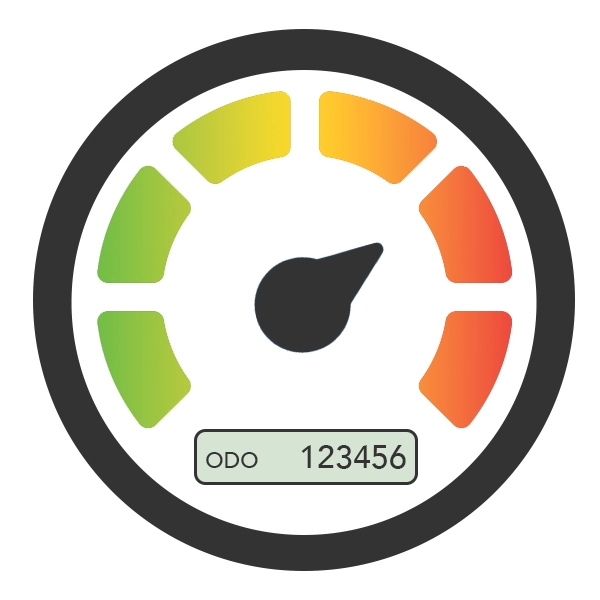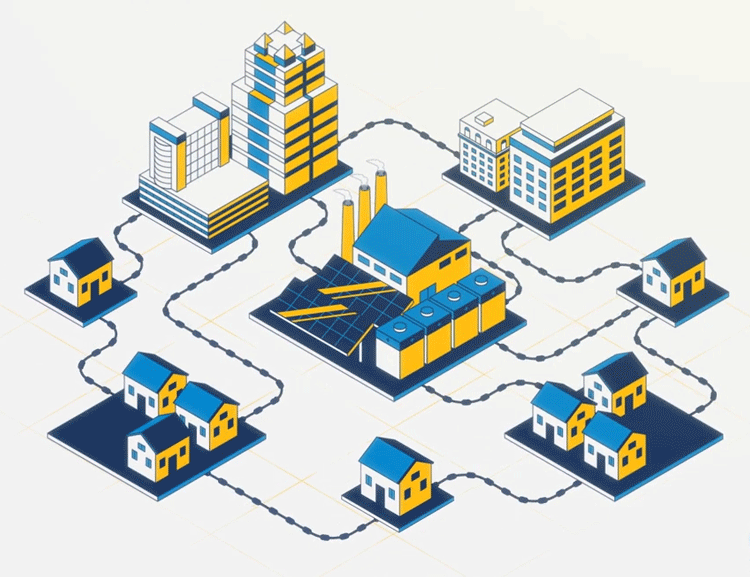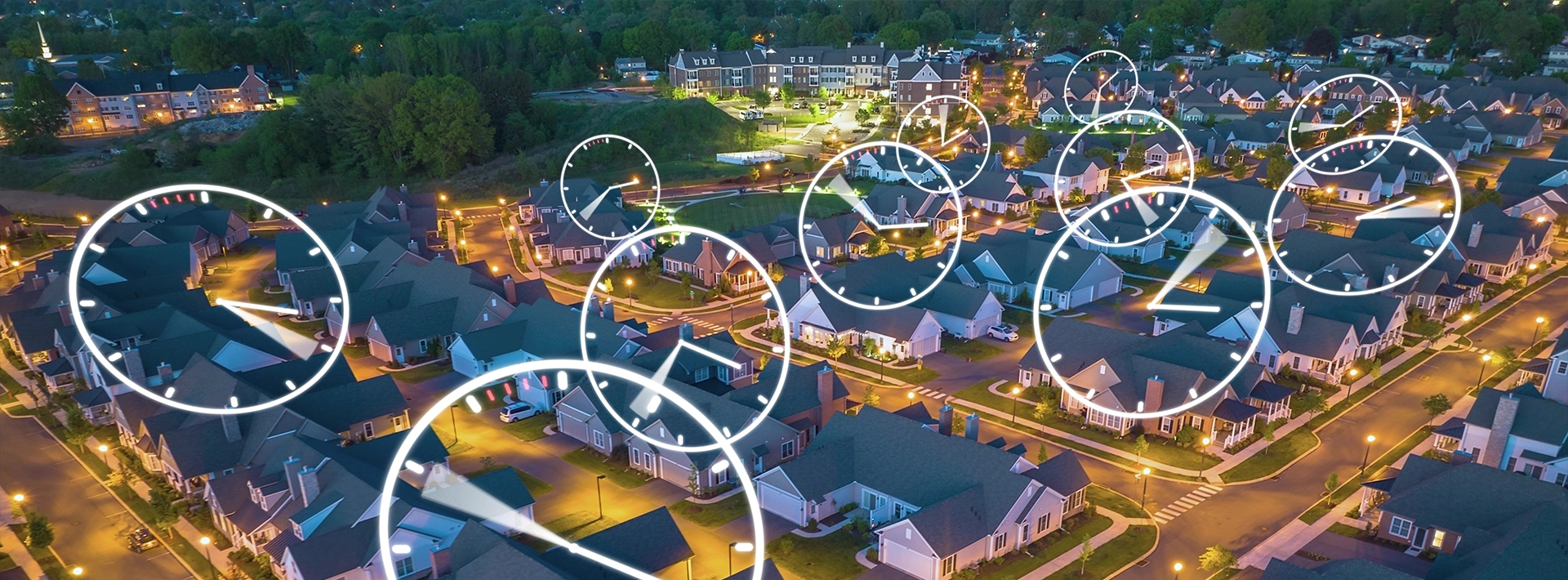Electric demand is the total amount of electricity you use in any one moment, whether inside or outside your home.
When you use a lot of electricity at the same time, that increases demand on the entire grid and raises costs for everyone because the utility has to generate additional energy. But when we all reduce our demand, we put less strain on the system and more savings that can be passed on to everyone.
What is Electric Demand?
Electric demand is the total amount of electricity you use in any one moment—in other words, the peak amount you are pulling from the electrical grid at one time. Everything that draws electricity adds to your demand.
When you run multiple appliances at the same time—like your oven, dishwasher, pool pump or clothes dryer—you create high electric demand. So the more energy you use in a short period of time, the higher your electric demand will be.
How is That Different From Consumption?
Consumption is how much electricity you use over a period of time. It increases as you use electricity each day. This is the measurement you are likely most familiar with, as it is the main one on your monthly bill.
Demand is measured in units called kilowatts (kW), but consumption is measured in kilowatt-hours (kWh) since it tracks over a length of time.

Think of it Like Driving a Car
- Consumption is like your total mileage over a month—it adds up with every trip.
- Demand is like your speed—it changes from moment to moment, depending on how hard you press the accelerator.
The period when you use the most electricity (the highest speed) is known as peak demand.
Why Demand Matters
Using lots of electricity all at once increases demand on the entire grid. The utility must meet that demand by generating additional energy.
It does this by activating more power plants, purchasing power from the wholesale market, using stored energy, or through other means. In some cases, it could result in the need to build additional costly generating plants.
Reducing your peak demand means less strain on the system and more savings that can be passed on to everyone.

When everyone is using electricity at the same time, our system reaches its peak demand. OUC must build out our system to meet this peak.
Two Tools to Help You Understand Demand
You can see what’s really happening in your home or check how small changes—like running big appliances at different times—can lower your demand.
Use the Appliance Calculator to see how household demand adds up as you turn on appliances.
Access your Usage Dashboard to see your real energy use and spot your personal peak demand.
Appliance Calculator
Estimate Your Demand
Use the appliance calculator below to get a better idea of how each device contributes to your home’s electric demand. Click the (+) next to each room to add the appliances you use at the same time and see your household’s estimated demand.
|
Appliance Calculator
|
Living Room / Common Areas
Click to select appliances.
Kitchen
Click to select appliances.
Laundry Room
Click to select appliances.
Bathroom
Click to select appliances.
Garage
Click to select appliances.
Utility
Click to select appliances.
Outdoor / Backyard
Click to select appliances.
|
|
||||
Wattage may differ depending on the type, brand, or size of your appliance. Check the user manual or the label on the device to find the exact number.
Source: U.S. DOE Energy Saver Appliance Energy Calculator, EPA ENERGY STAR®, OUC research
Usage Dashboard
See Your Real Energy Patterns
Your Usage Dashboard shows you how much electricity you’re using at once, so you can spot your peak demand. Log in to your myOUC account to access the dashboard, track your trends and plan smarter.
Not sure how to get started? Check out our how-to video or visit the Usage Dashboard FAQs page.
We’ve got tips on how to read the usage charts, how to switch between seeing your data in hourly or 15-minute intervals, how to sign up for Daily Usage and High Usage alerts, and more.
What You Can Do
So, what can you do now to help reduce your demand on the grid while saving money at the same time? Try some of these tips:
1
Stagger Appliance Use
Run high-energy appliances at different times. For example, wait to start the clothes dryer until the oven or pool pump is off.
2
Program Your Thermostat
A smart thermostat can minimize cooling costs when you’re away and ensure maximum comfort on your return.
3
Energy-Efficient Upgrades
Upgrade to LED lighting, energy-efficient appliances, and improve insulation. OUC has several rebates available to help offset the costs of upgrades.




